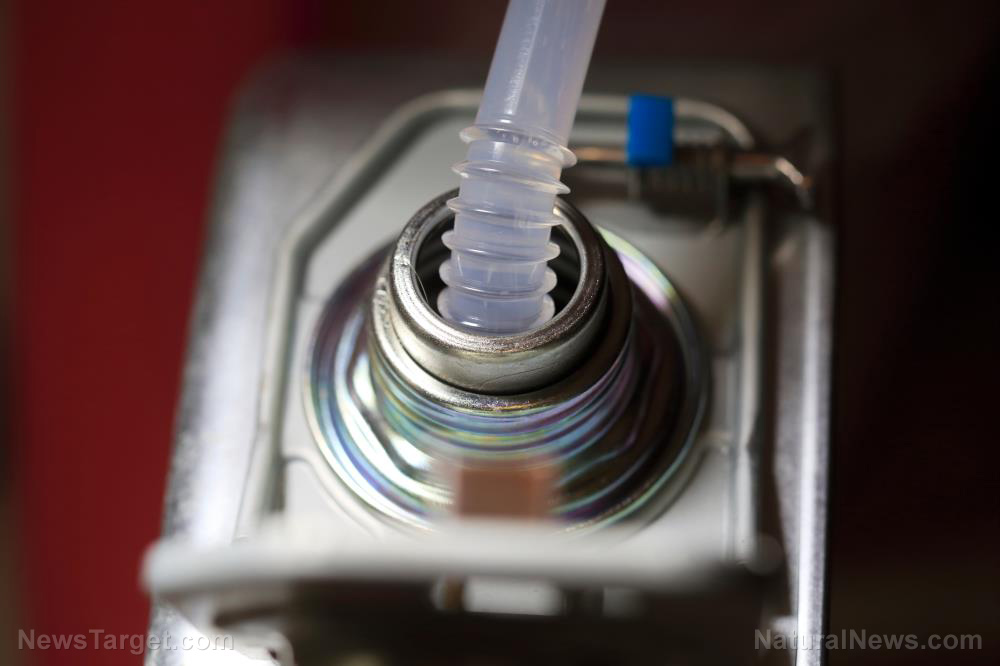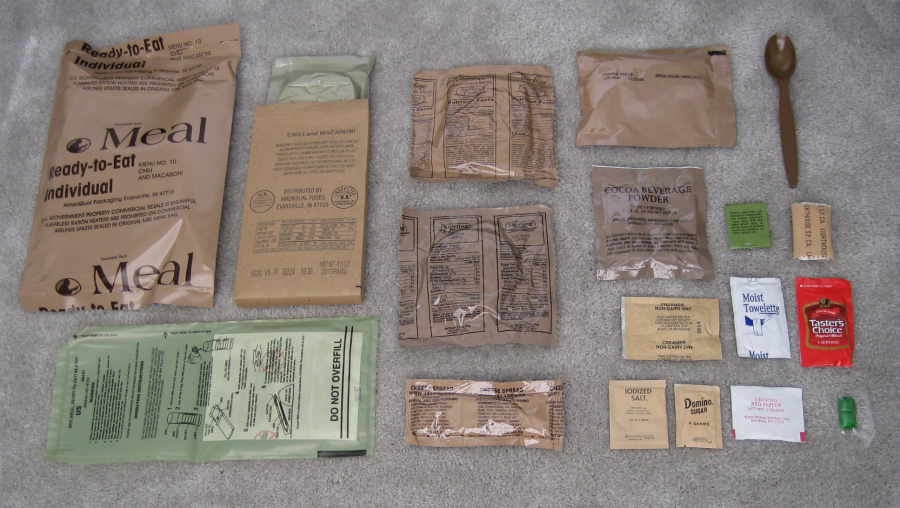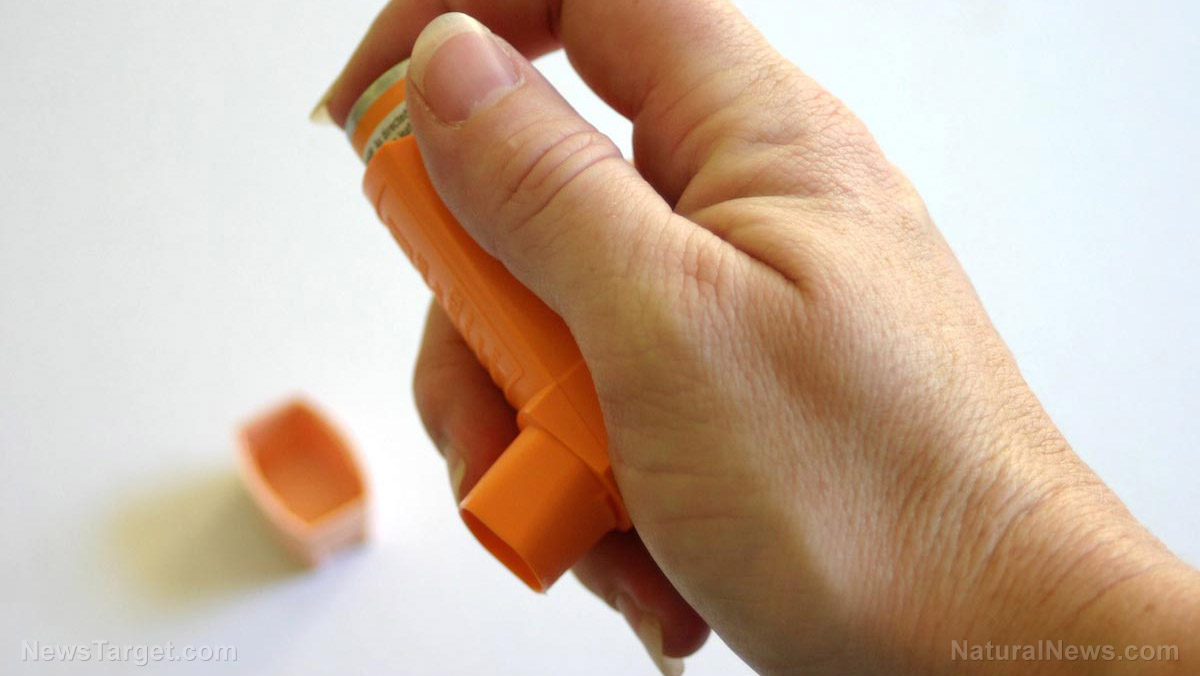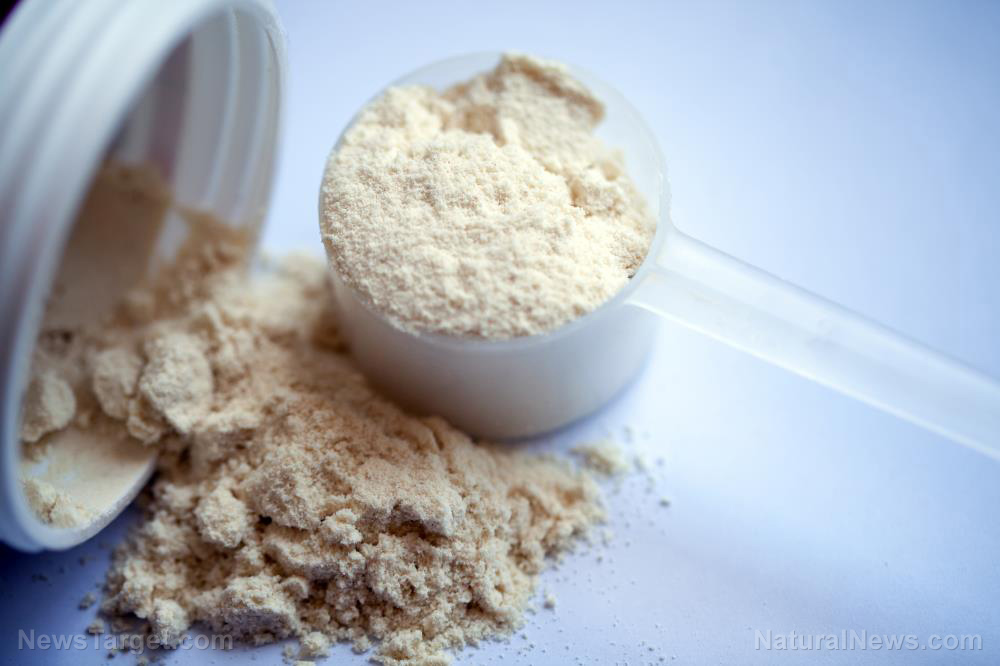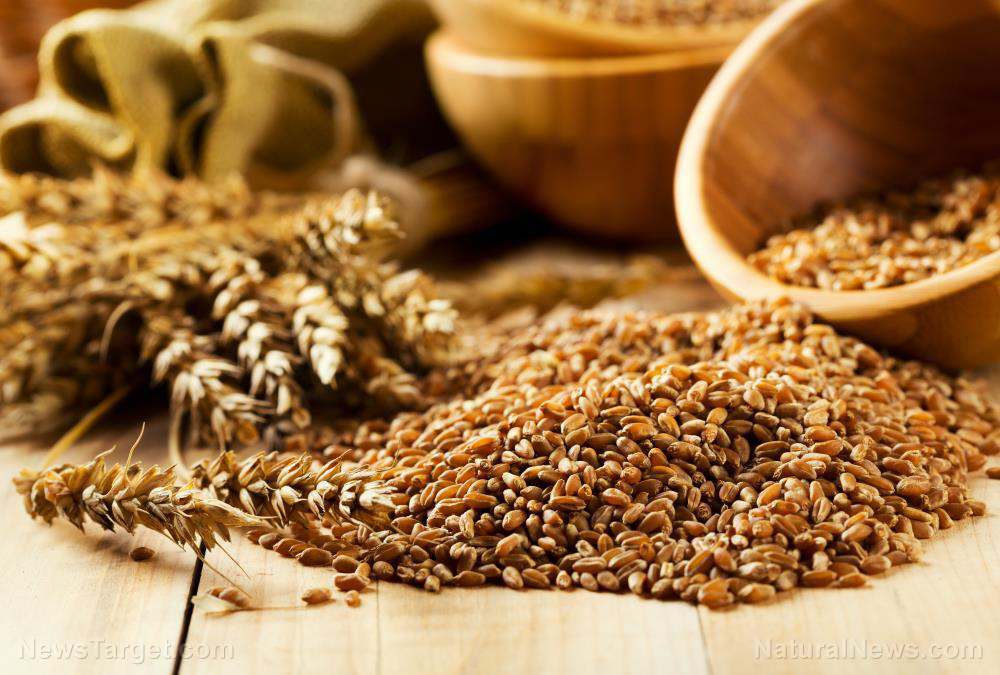The toothache plant: How to grow and use this natural toothache remedy
07/28/2021 / By Divina Ramirez

Toothaches can make eating or drinking very difficult. It can cause throbbing around the affected area and may even lead to a fever. Toothaches are primarily caused by tooth decay for most children and adults.
When SHTF, even a minor toothache can grow into a considerable health problem that could affect your ability to carry out survival tasks. Fortunately, numerous effective natural remedies for toothaches exist, like the aptly-named toothache plant.
Also commonly known as buzz buttons and electric daisies, the toothache plant helps relieve toothaches thanks to its analgesic properties. In fact, the plant has also been used to disinfect wounds and relieve several ailments, including sore throat, cold sores and athlete’s foot.
Read on to learn how to identify the toothache plant in the wild and how to use it. (h/t to AskAPrepper.com)
How to grow and forage for the toothache plant
The toothache plant contains a potent bioactive compound called spilanthol, which has analgesic properties. As such, chewing the leaves and flowers of the toothache plant, whether raw or cooked, causes numbness or tingling in the mouth, reducing pain in the affected area.
The toothache plant also has antimicrobial properties, meaning it can help get rid of harmful bacteria in the mouth. Bad bacteria can cause tooth decay, leading to toothaches. Therefore, the toothache plant is a wonderful plant to have in a survival garden.
The toothache plant thrives best in countries with temperate climates, such as in Australia, Brazil and India. But depending on the plant hardiness zone where you live, you may be able to grow the toothache plant in a greenhouse or an outdoor garden as an annual or perennial plant.
When growing toothache plants, use well-draining soil. Start your seeds indoors four to six weeks before the last frost. Lightly press the seeds into the soil but don’t cover them.
Water the seeds regularly until they germinate. You can transplant the seedlings into pots after the last frost has passed. If transplanting them to a garden bed, space the seedlings 12 inches apart. Water every few days.
You can also find toothache plants in the wild. The plant has a round, yellow ball made of several small flowers. Its dense ball of flowers has a dark red spot in the center, which is why it is also called the eyeball plant.
Because of its unique appearance, the toothache plant is easy to identify in the wild. When foraging, make sure to do so safely by following certain guidelines. For instance, talk to a local plant expert if you’re new to foraging. Only eat wild plants that you have identified correctly. If in doubt, leave them alone. (Related: Here’s a handy guide to safely foraging for wild edibles.)
How to make toothache plant tincture
You can make a tincture out of the toothache plant’s flowers and leaves for toothache relief.
Ingredients:
- Toothache plant flowers and leaves
- Vodka
Preparation:
- Rinse, dry and chop enough flowers and leaves to fill a mason jar.
- Fill the jar with vodka.
- Seal the jar and store it at room temperature away from direct sunlight.
- Shake the jar twice daily for a month. Note that tinctures stored for longer are more potent.
- Strain the liquid through a cheesecloth and discard the plant matter. Repeat if desired.
- Pour the liquid into a dark-colored dropper bottle and store it in a cool, dry place.
To use, shake the bottle gently, then apply a few drops to the affected area. Swish the liquid around your mouth like you would an ordinary mouthwash for a few seconds before spitting it out. Repeat as needed.
Remedies.news has more articles about natural pain remedies.
Sources include:
Tagged Under: alternative medicine, emergency medicine, herbal medicine, Herbs, natural cures, natural medicine, oral health, pain relief, remedies, SHTF, survival, survival medicine, teeth, toothache
RECENT NEWS & ARTICLES
COPYRIGHT © 2017 OFFGRID NEWS



